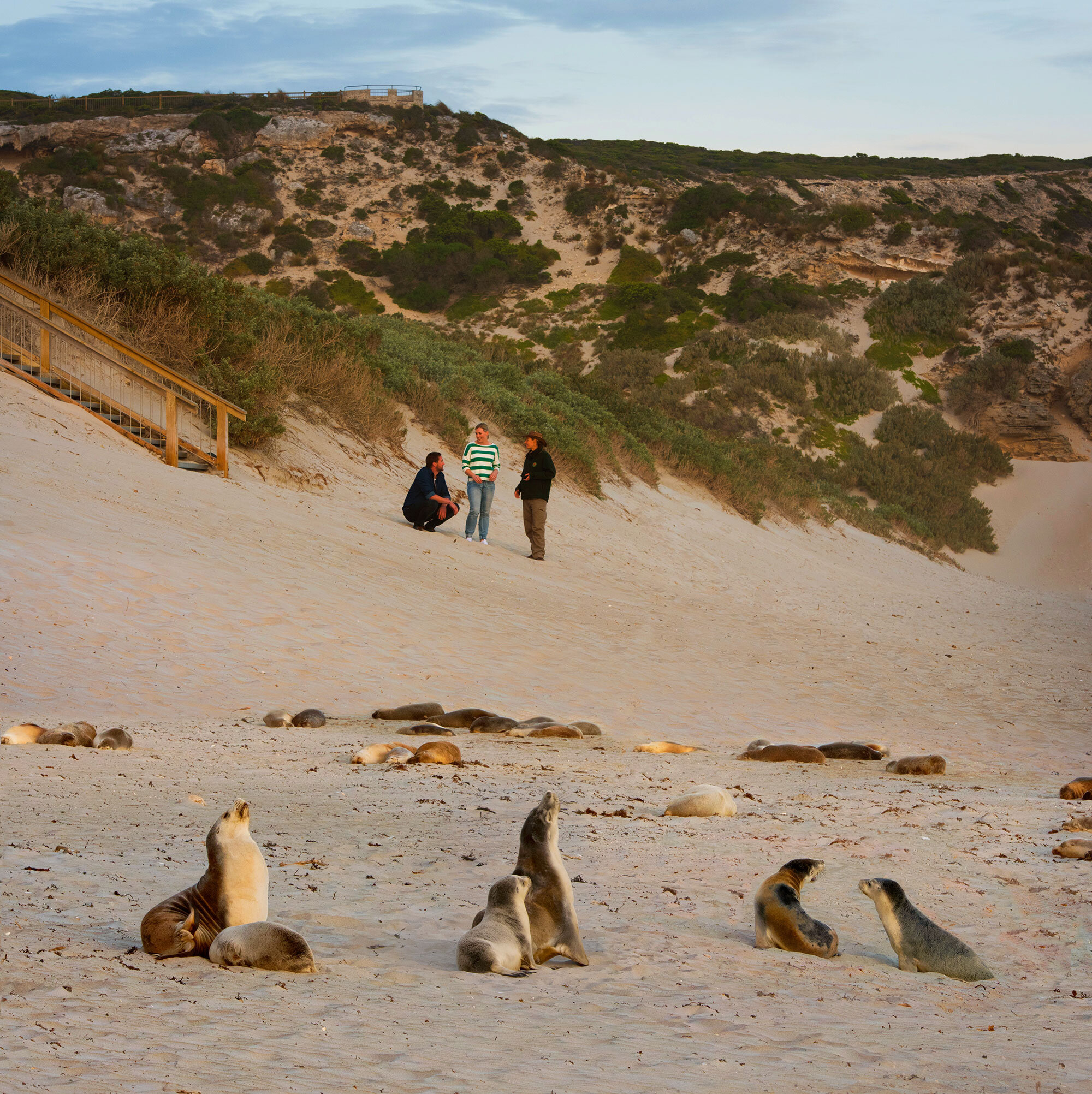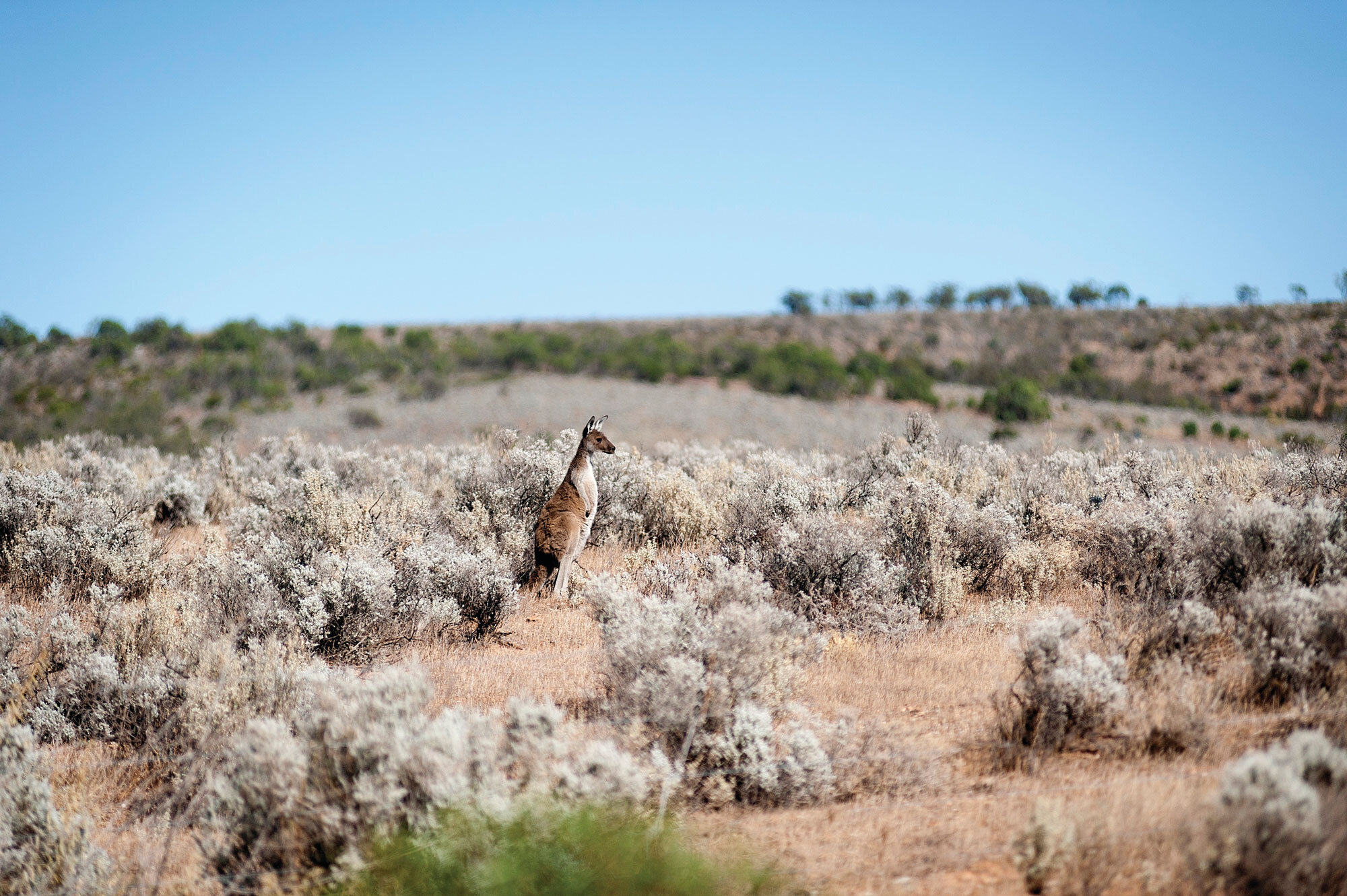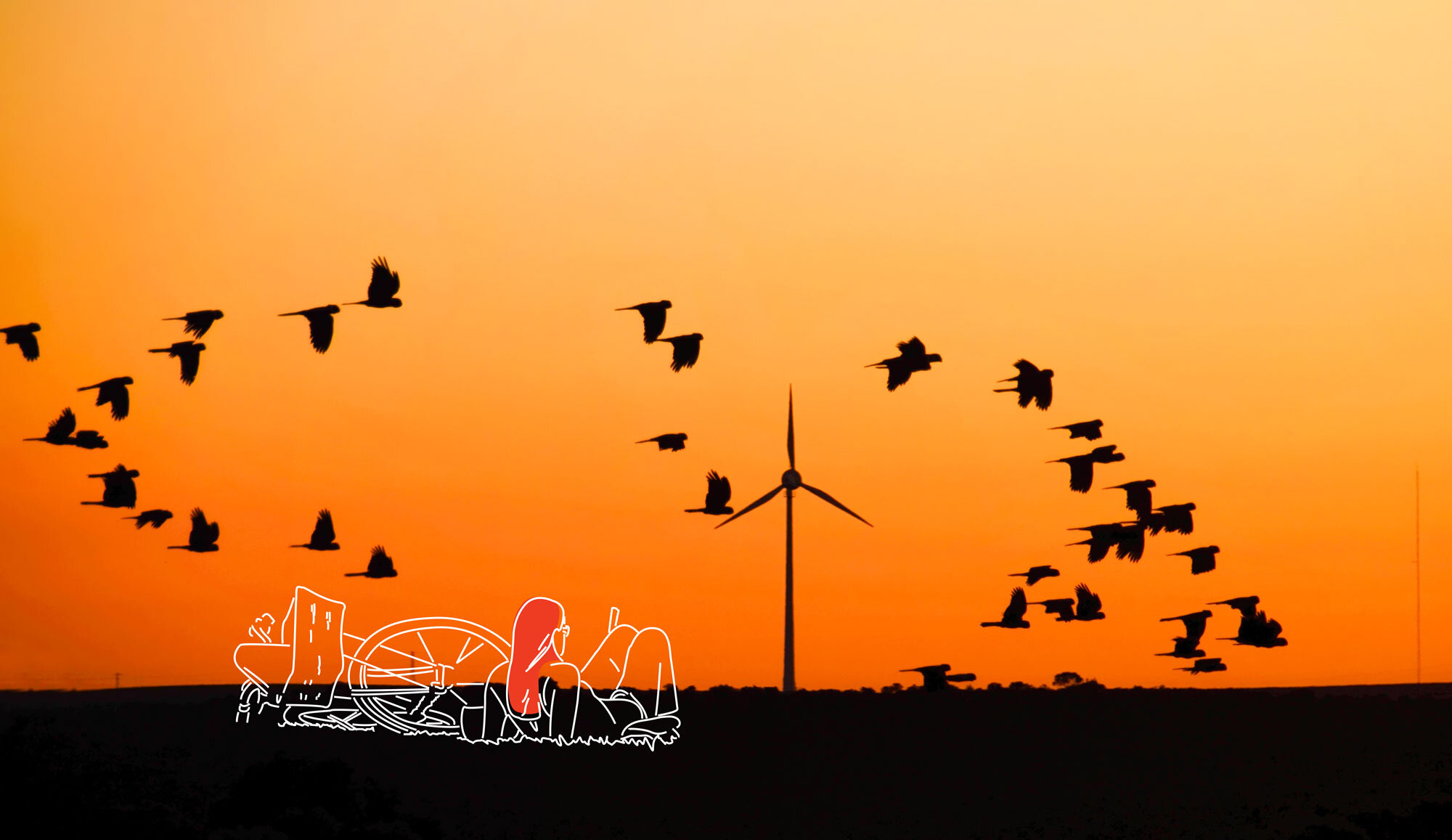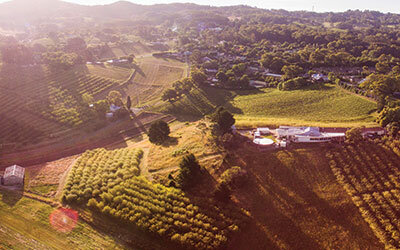
SHift 3
Hold onto
what’s working
From silver bullets and chasing the new
to a considered recognition of what works
The impact that a globally changing environment has on South Australia’s nature does not mean we simply stop implementing our current and traditional nature conservation practices. Many of our existing approaches will remain very important as we work towards improving the condition of our natural landscapes so it is better able to cope with these changes.
Protecting what we still have—‘the best bits’—will continue to be critical, not only to maintain as much of the remaining native biodiversity as possible, but also to maximise resilience. Protecting areas, restoring areas, and adapting regulations will all become increasingly important in the future, as will identifying and managing important threats. These levers will remain important to us as the ‘how’, even if the ‘why’ may change through time.
We will always need to set priorities and make choices, and will place more value on some species and some places, directing considerable energy and resources at trying to conserve these priorities. But we need to recognise many of these priorities are likely to shift as climate change and other pressures continue to shape the context in which our decisions are made.
— ♢♢♢ —
Case study

Case study
Protected areas
South Australia’s Protected Area system and climate change
South Australians have had a long history of protecting our natural environment. As early as the second meeting of the South Australian Ornithological Association, in June 1899, members resolved to seek a deputation with the Premier “urging upon him the necessity of protecting our Forest Reserves”. The introduction of the National Parks and Wildlife Act 1972 helped to formally recognise and support our community’s interest in protecting natural areas. The state’s first National Park – Belair- was dedicated in 1891. Today we have 360 parks covering 21.5% of the land area of South Australia, including ten Indigenous Protected Areas and an extensive Marine Protected Areas network.
Even with limited resources for management, protecting areas for conservation is a ‘no regrets’ action. At the very least these areas allow nature to take precedence, to run its own course, with less of the direct impacts associated with human activity.
However, there is compelling evidence that the impacts of climate change on biodiversity will be significant over the remainder of this century. The magnitude and pervasiveness of future climate change means that all of our conservation programs are facing significant challenges. The role of protected areas has been investigated and fortunately, analysis of our reserve system indicated that the systematic protection of a diversity of habitats is a robust action and will be even more important for conservation in the future.
There is also considerable opportunity to increase the proportion of many of the ecosystems that are protected. The availability and diversity of habitat is likely to be increasingly important for conservation, and increasing diversity within the protected area systems remains a priority. Also, increasingly we will see protection of novel systems in recognition of the important values that these areas support.
New conservation objectives for parks will need to be developed that acknowledge and seek to minimise any losses, while accommodating environmental change. For example, it may become more effective to increase our focus on the protection of environmental settings and ecological processes that support biodiversity, rather than focusing solely on individual species or habitats, which are likely to alter, or move, over time.
A key message is that preparing for the change can occur iteratively, for example through a sequence of management plans, however, we must start now.
— ♢♢♢ —
❯❯ More shifts









